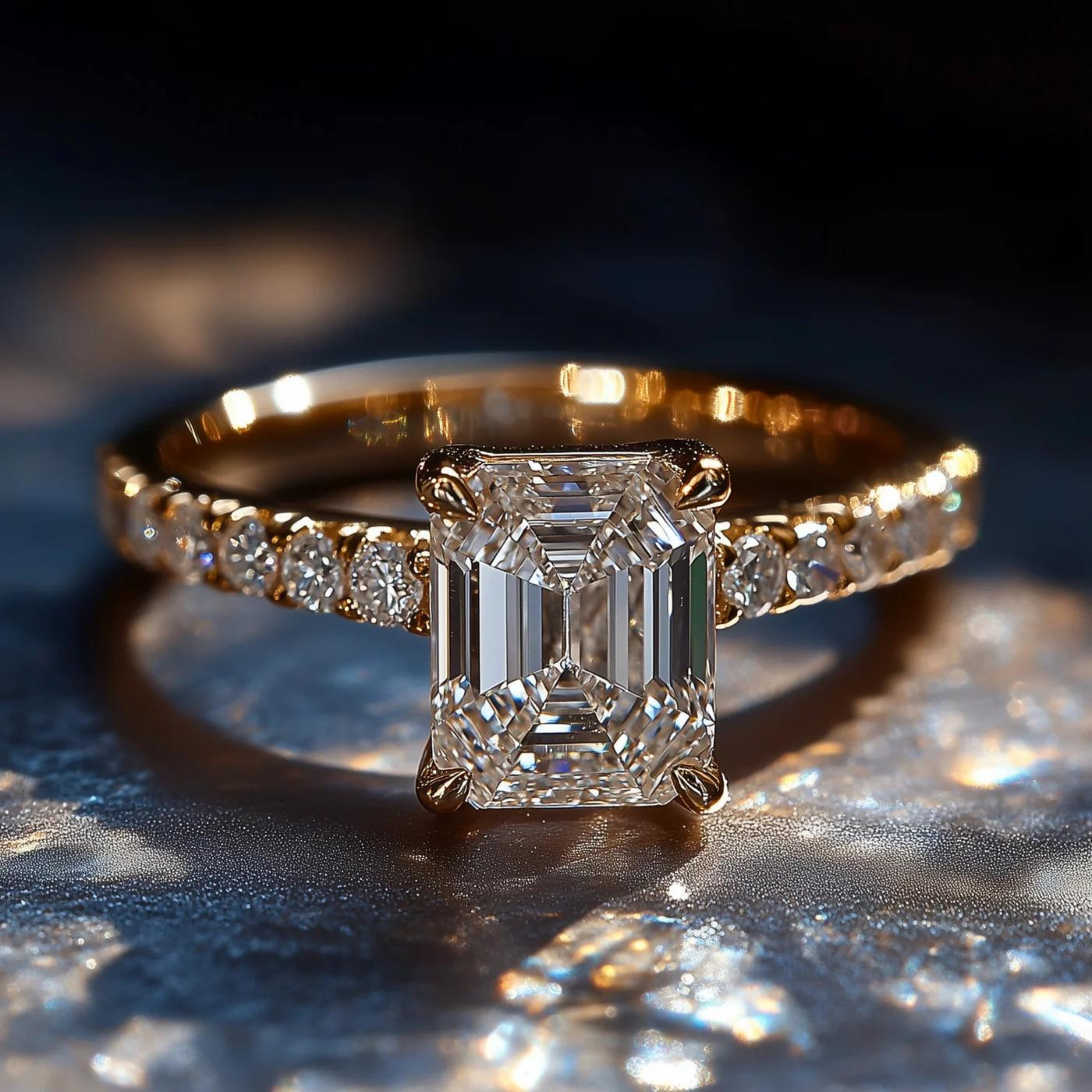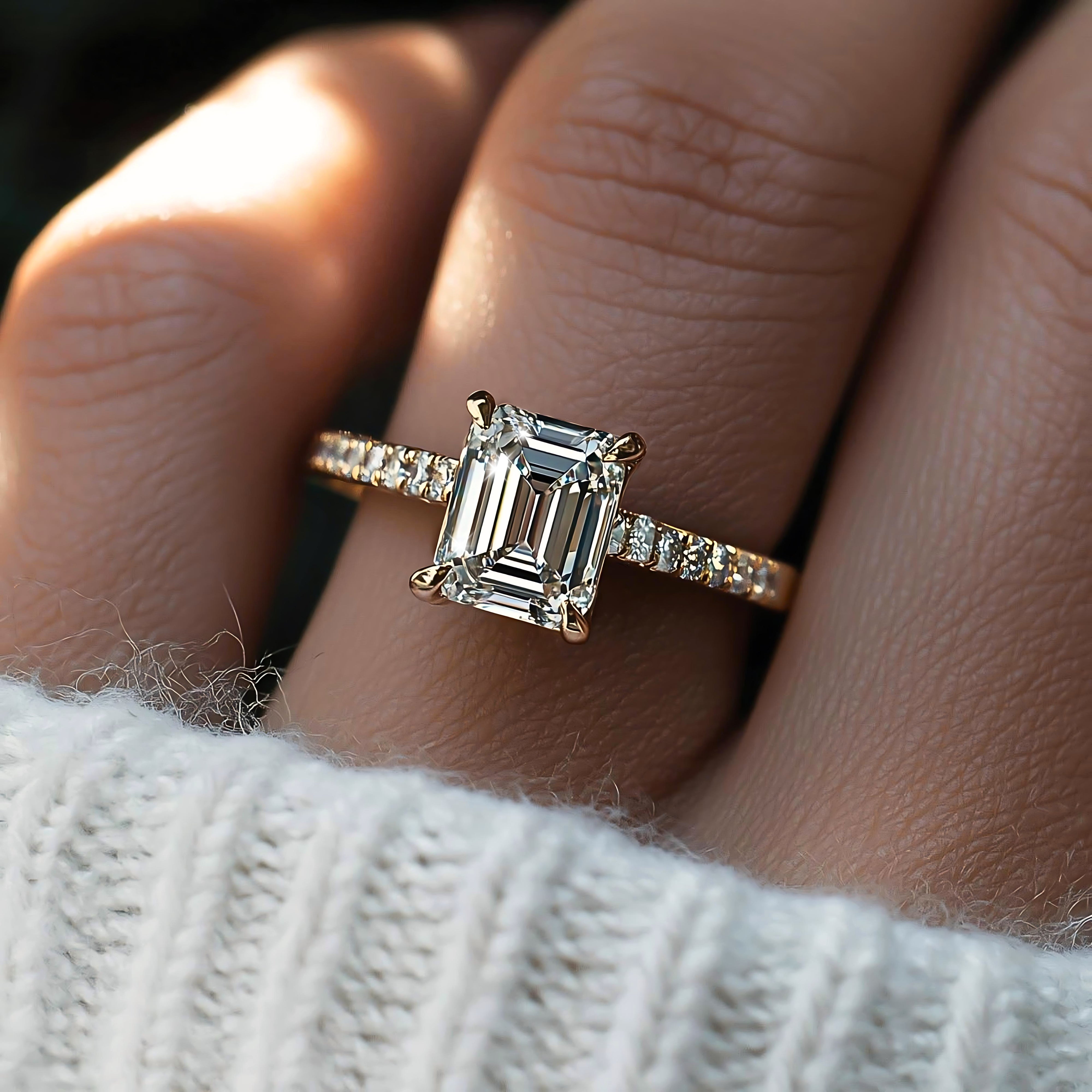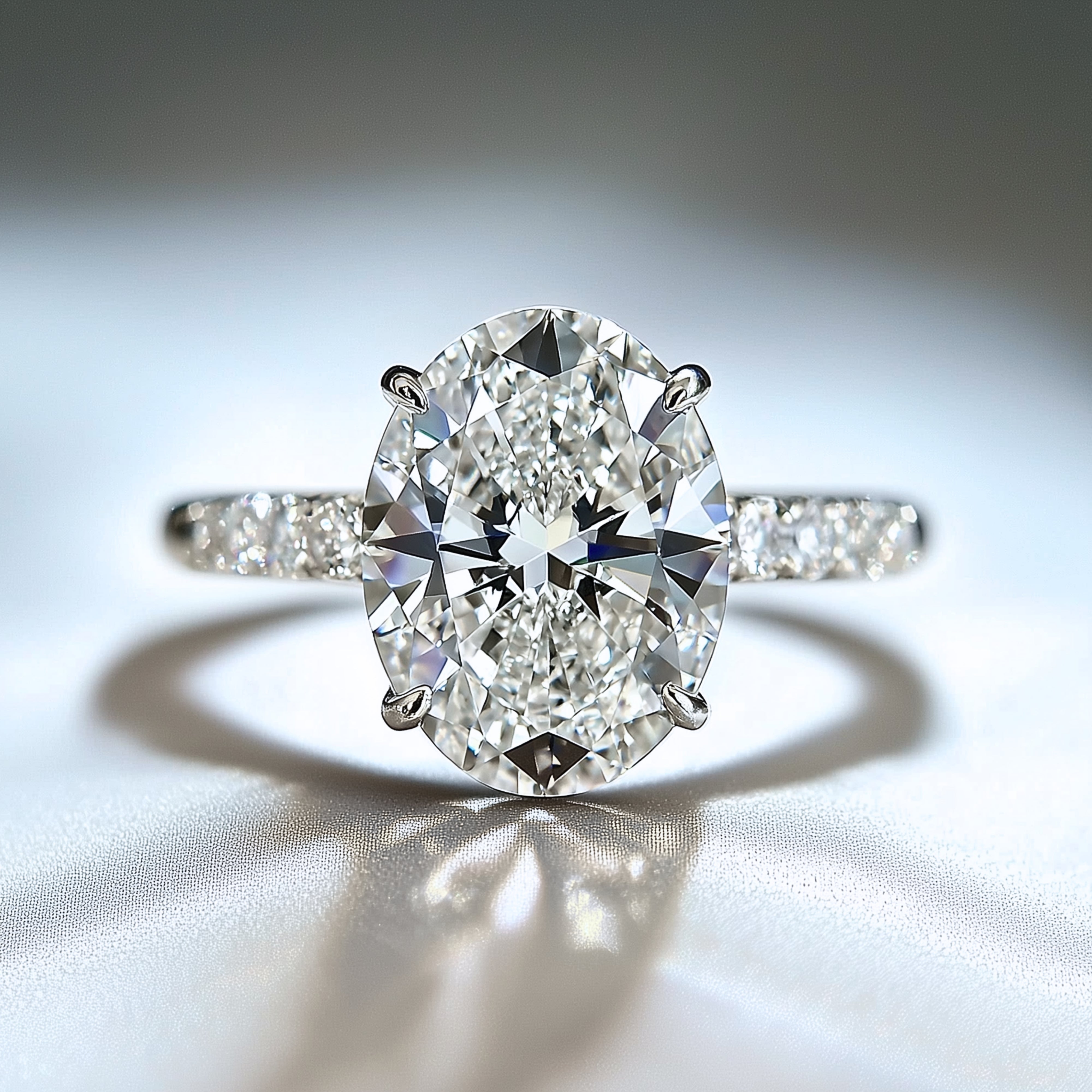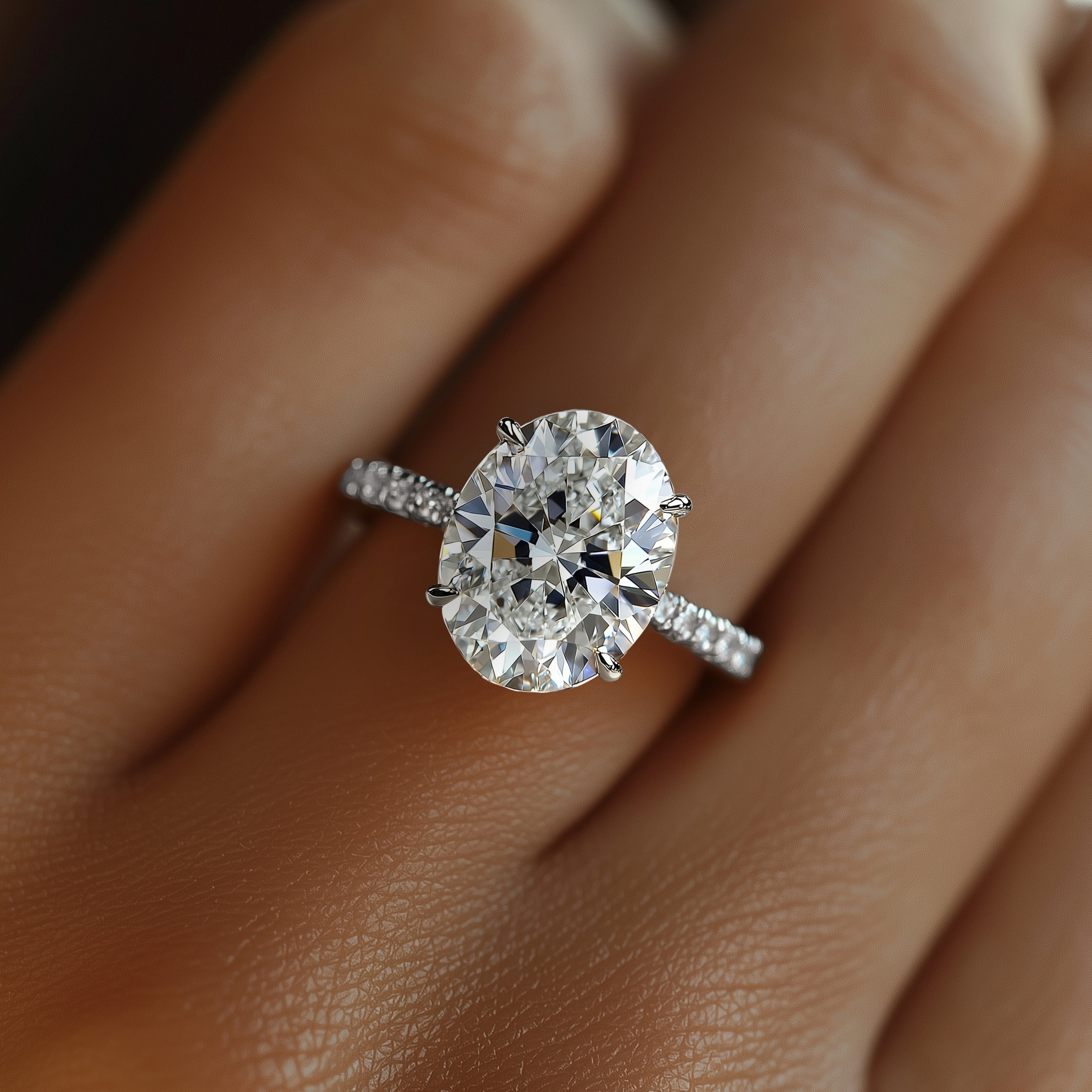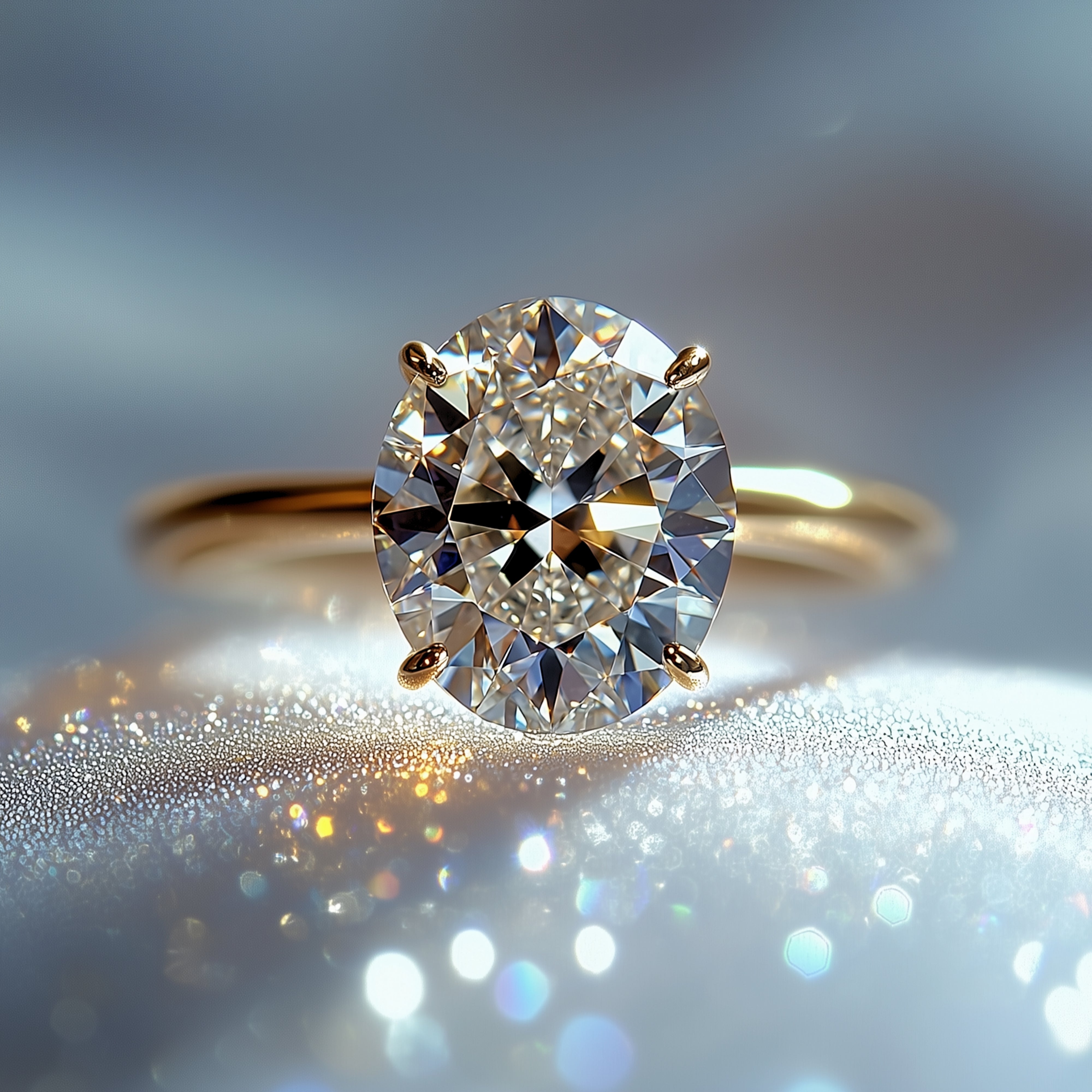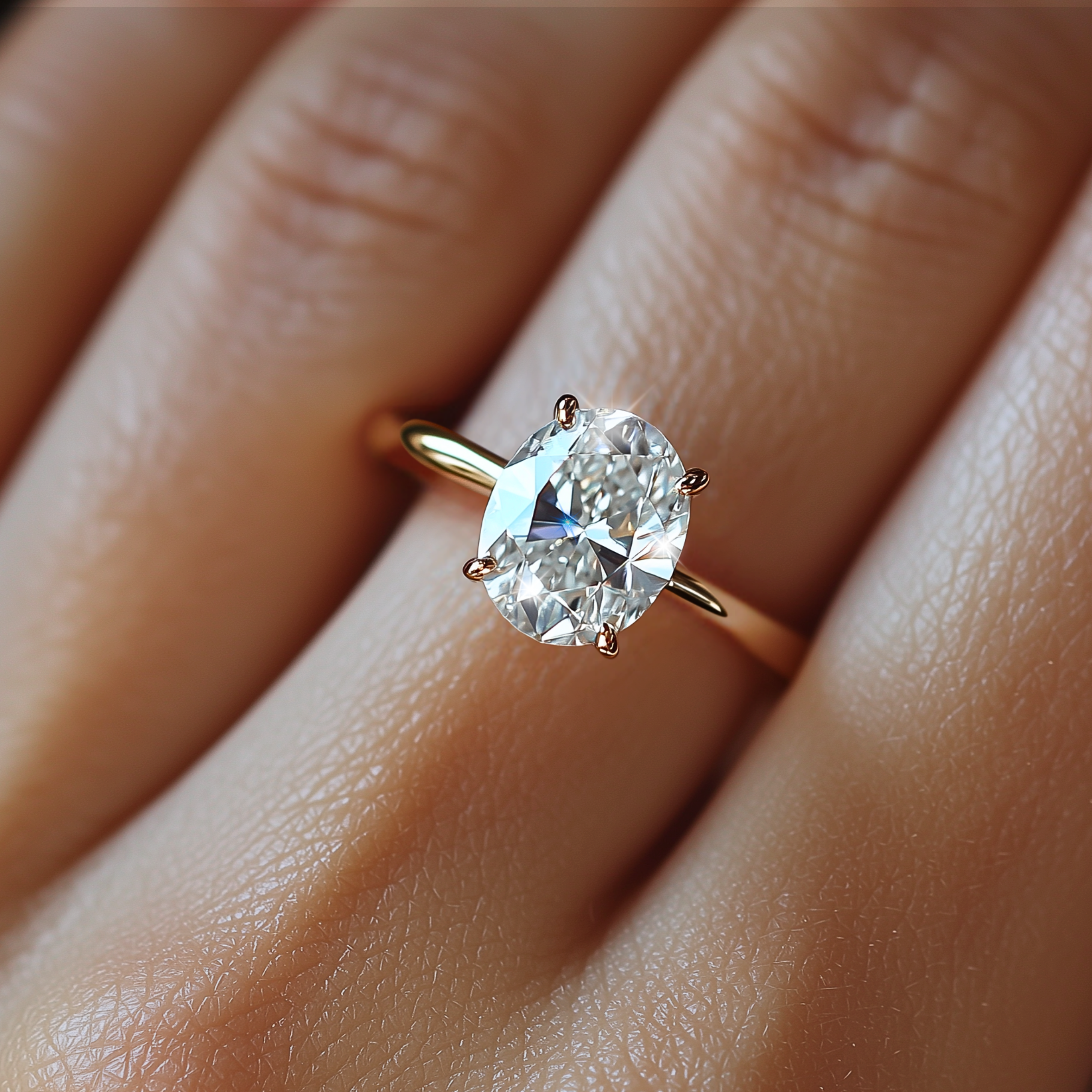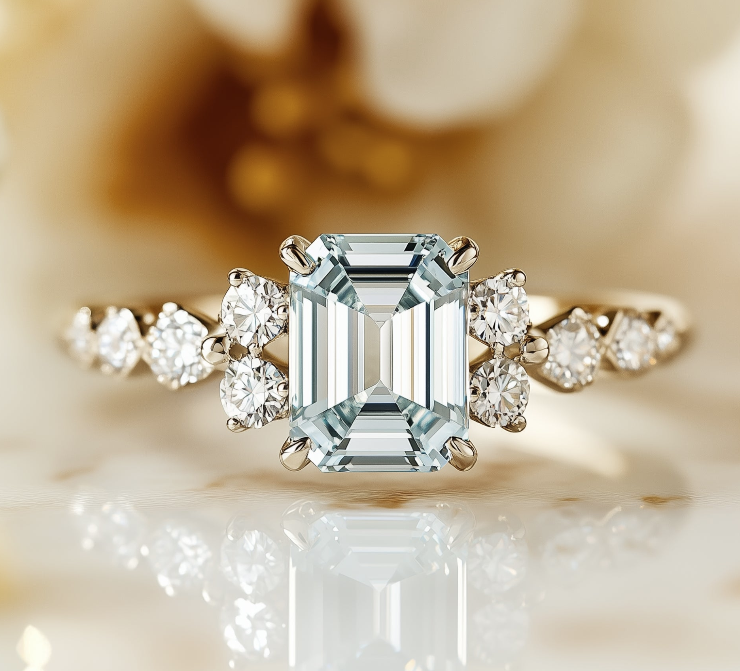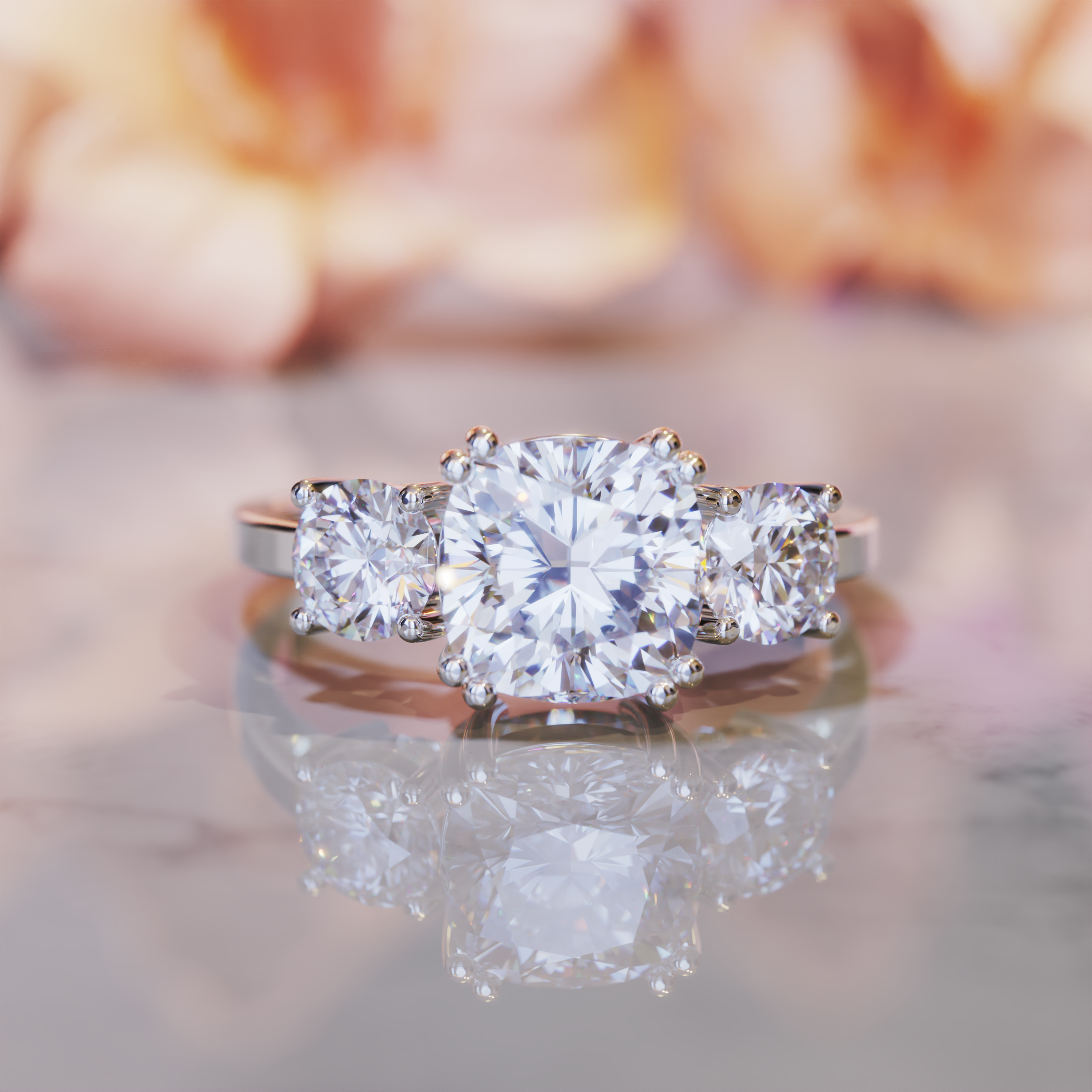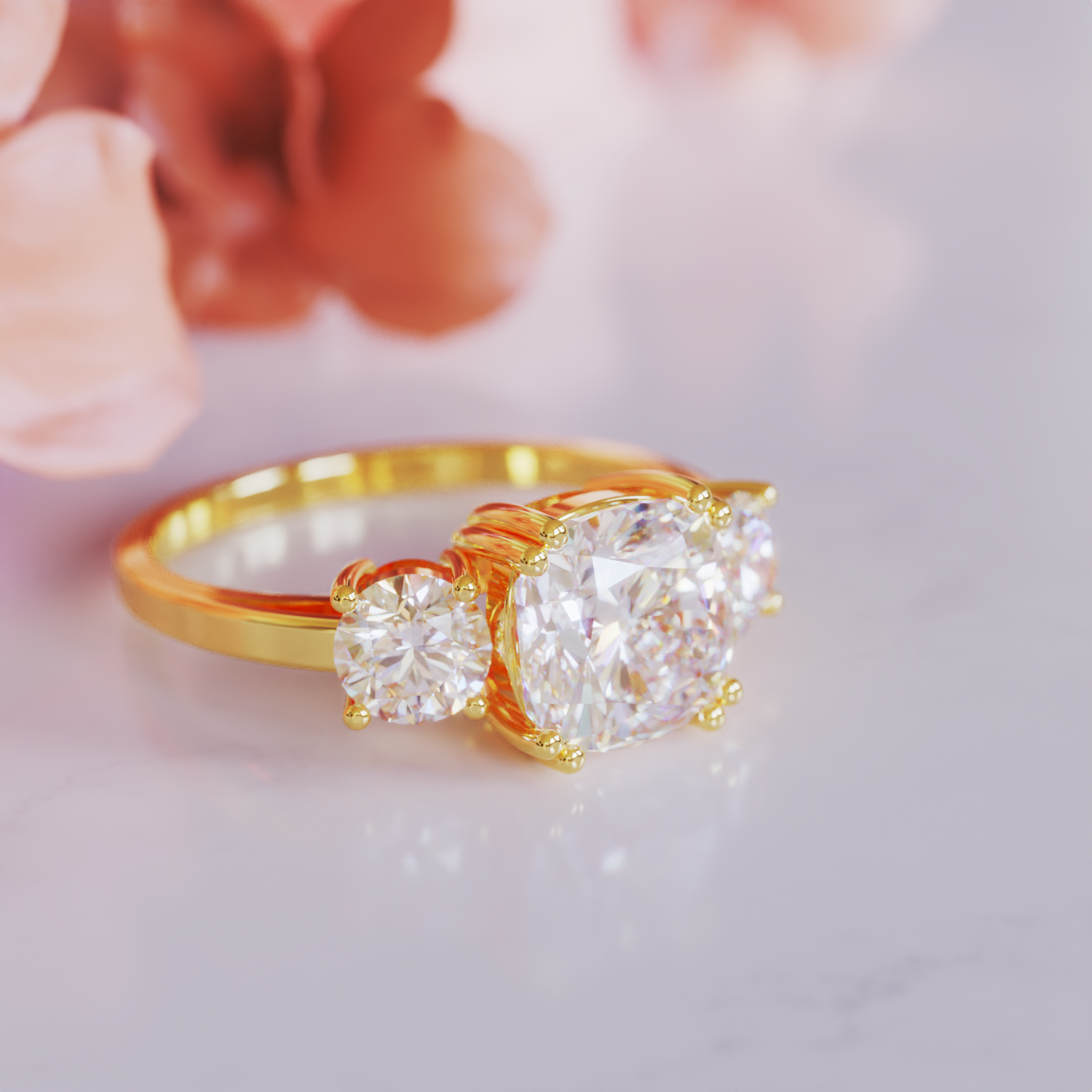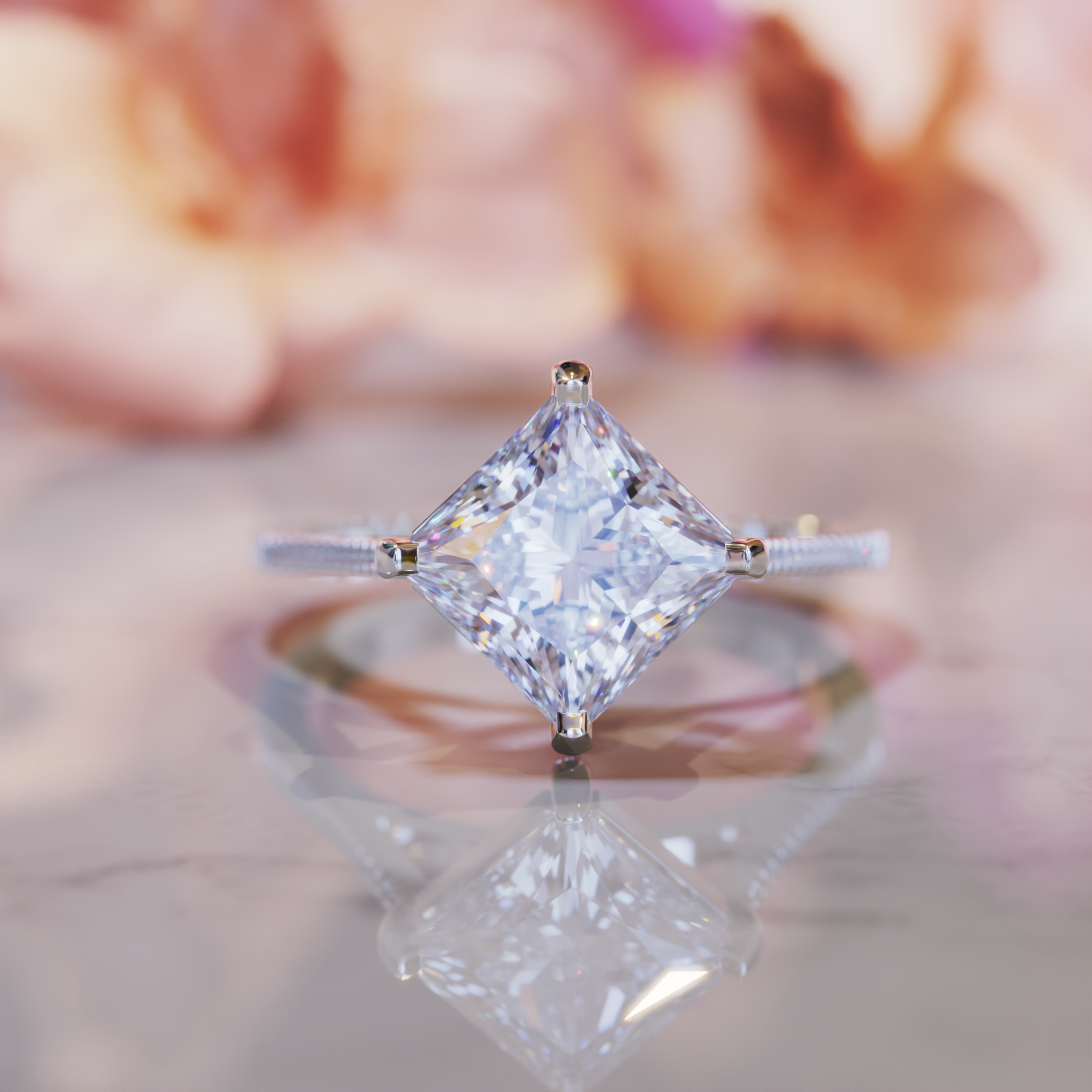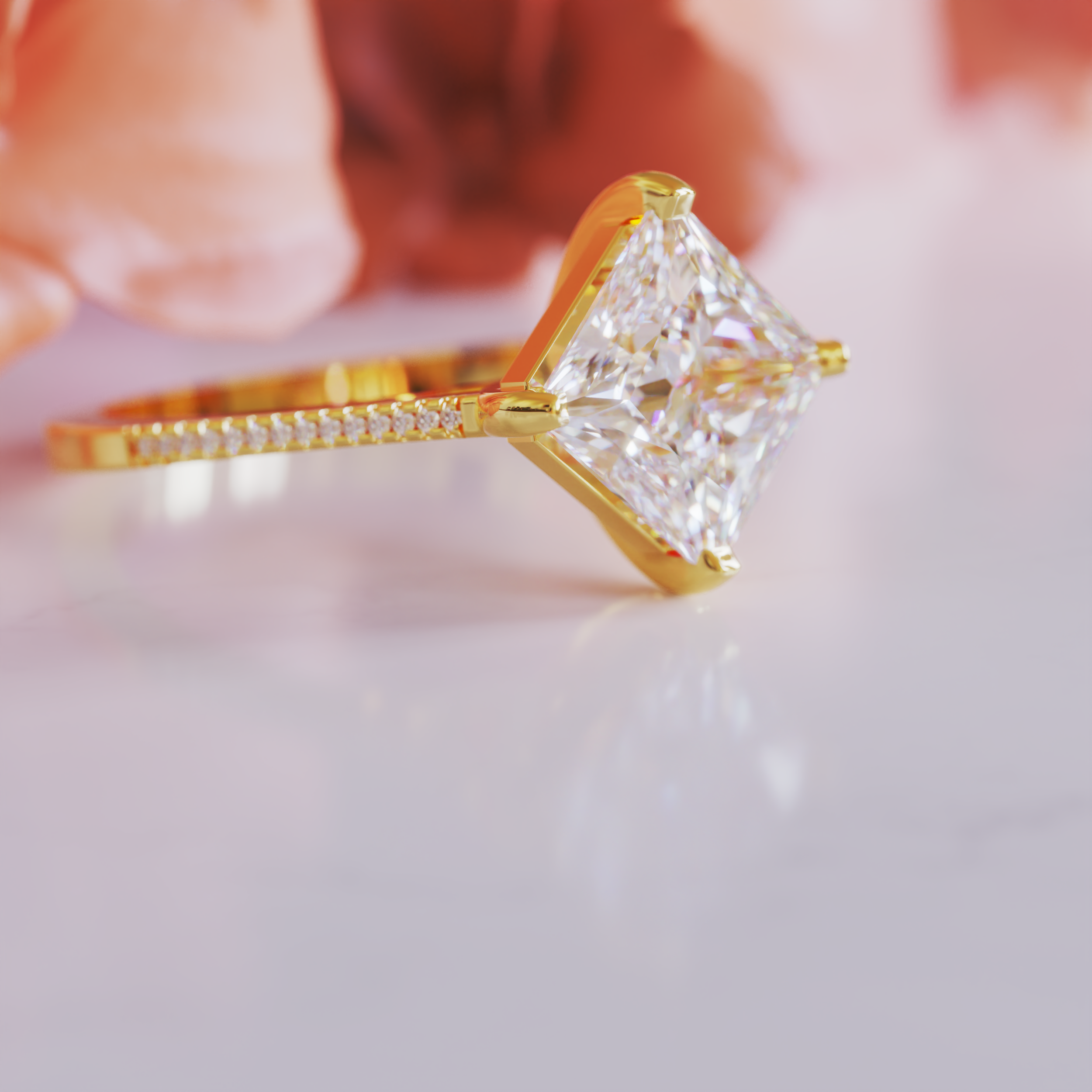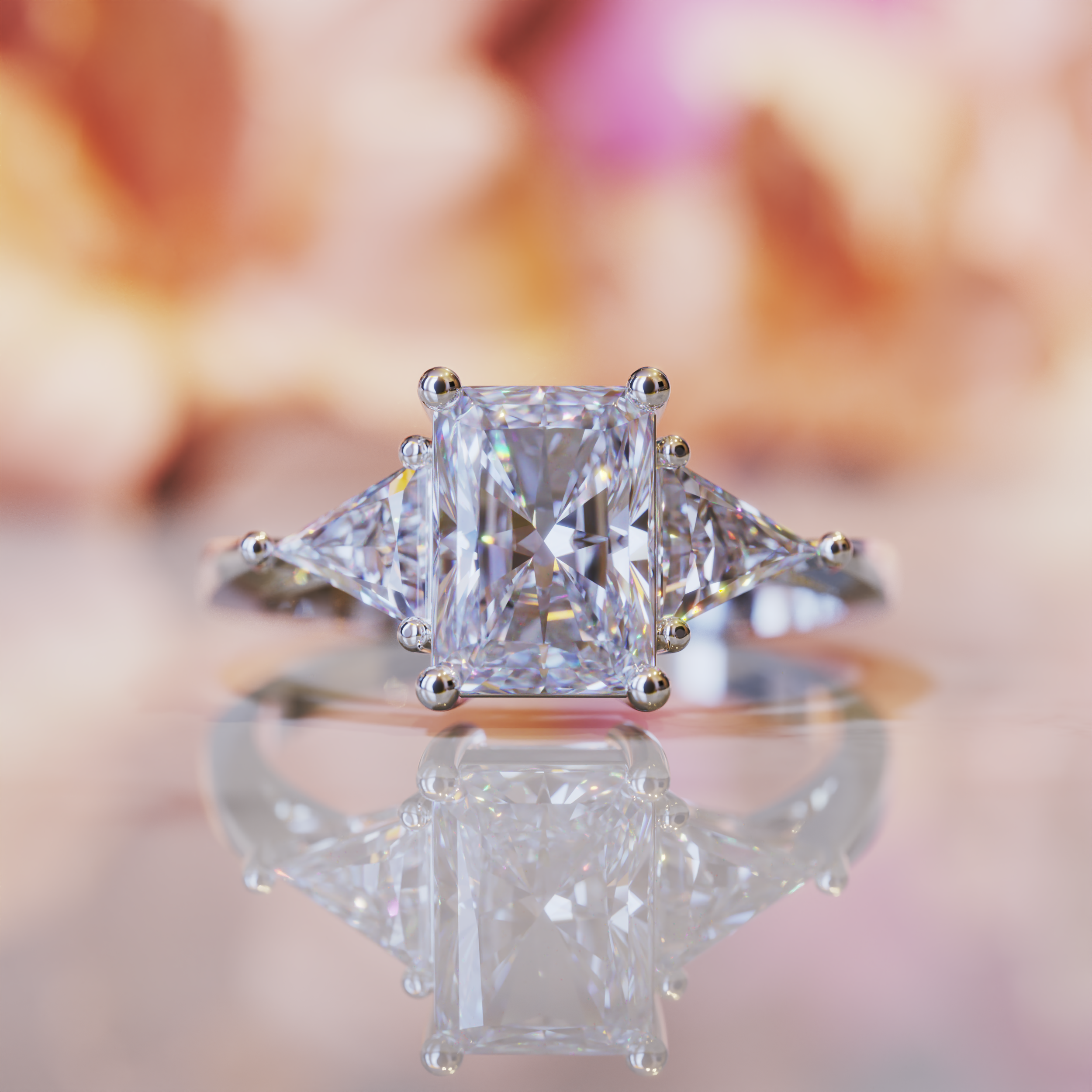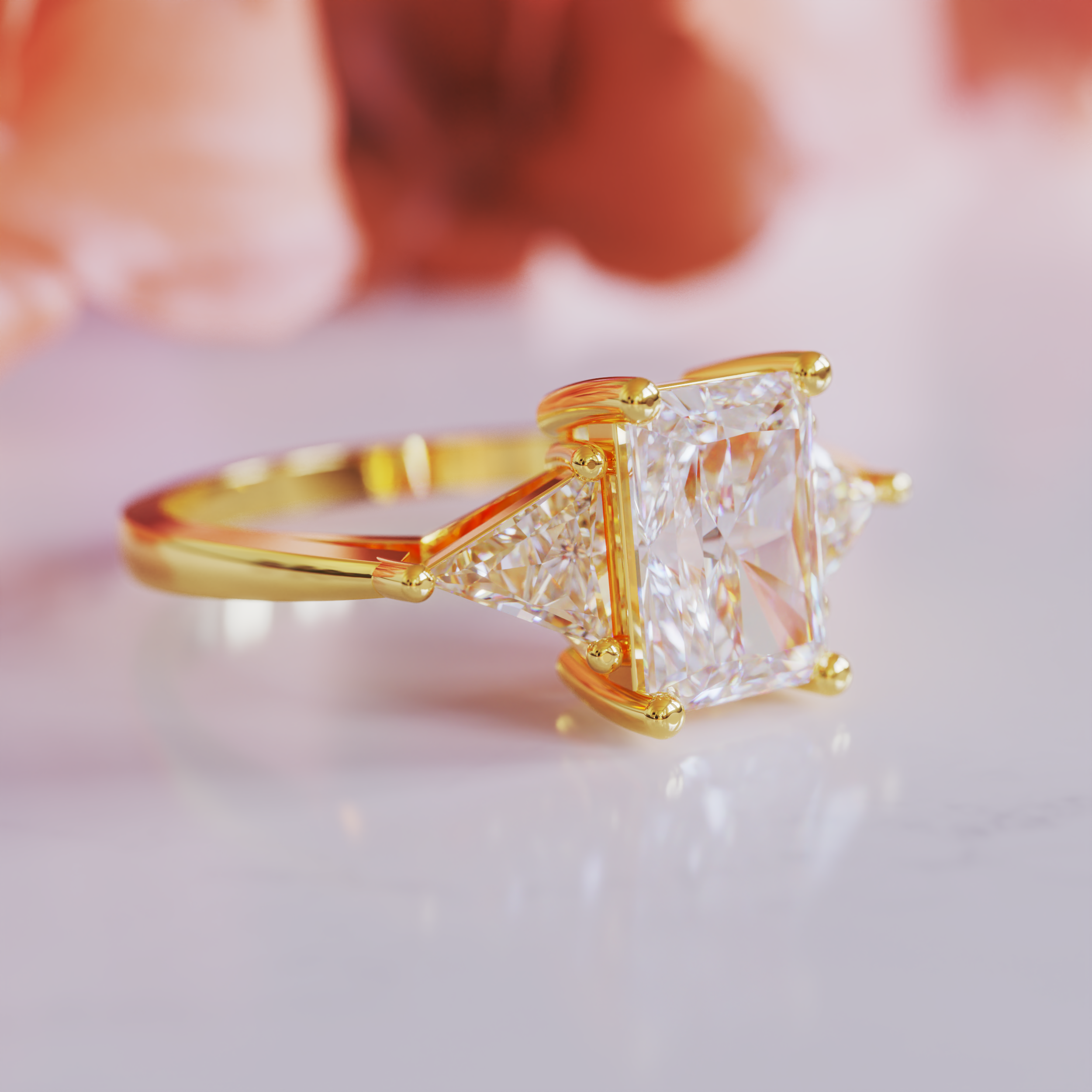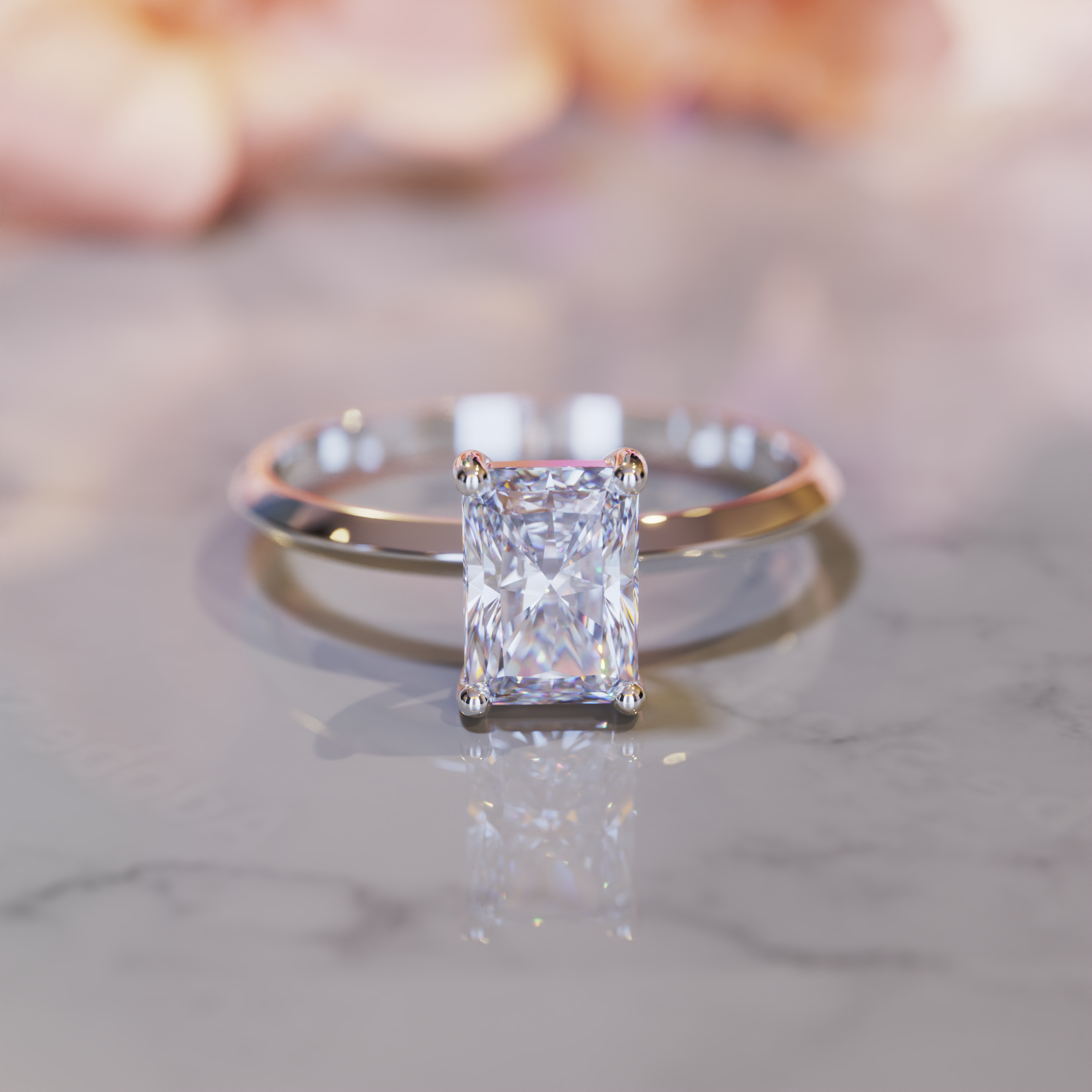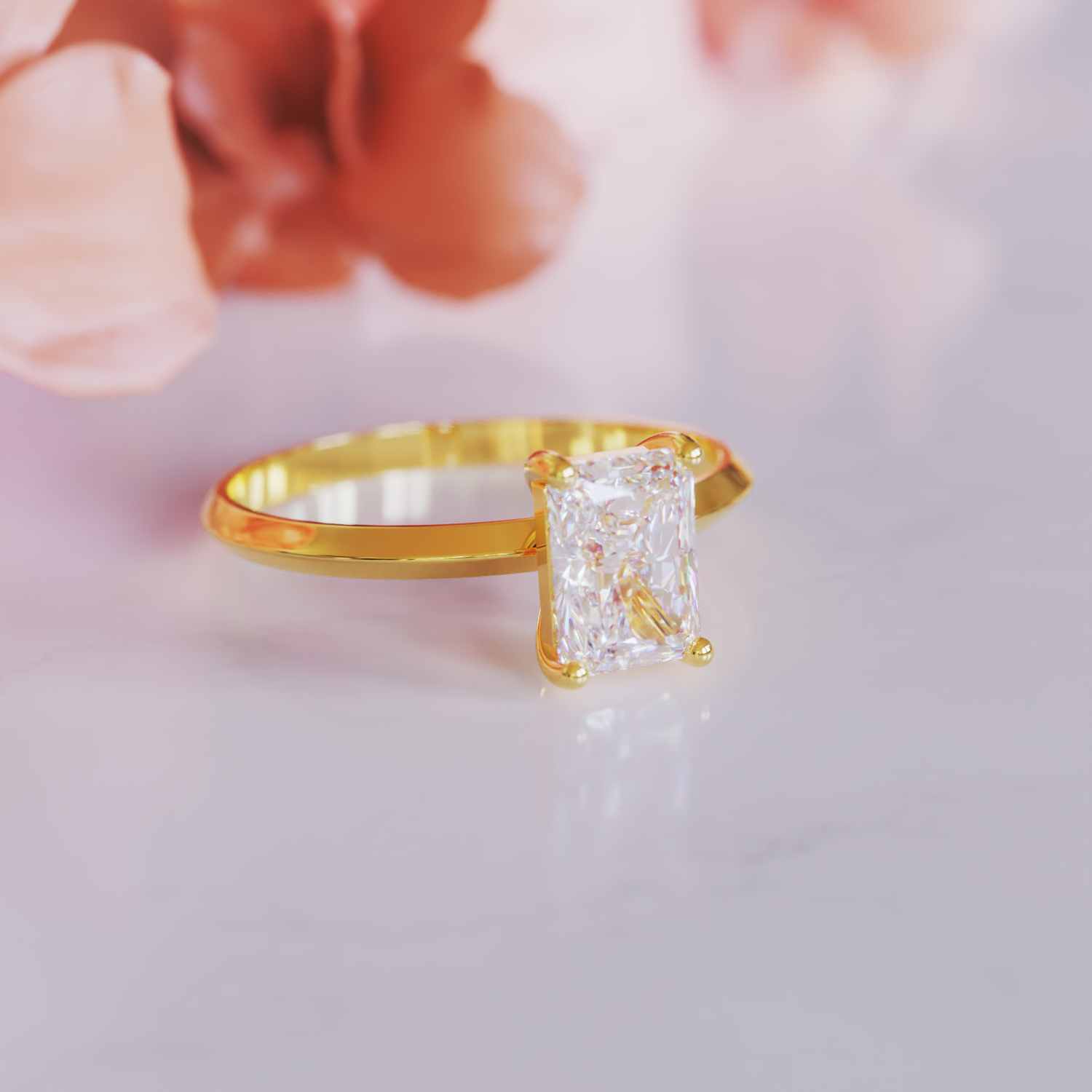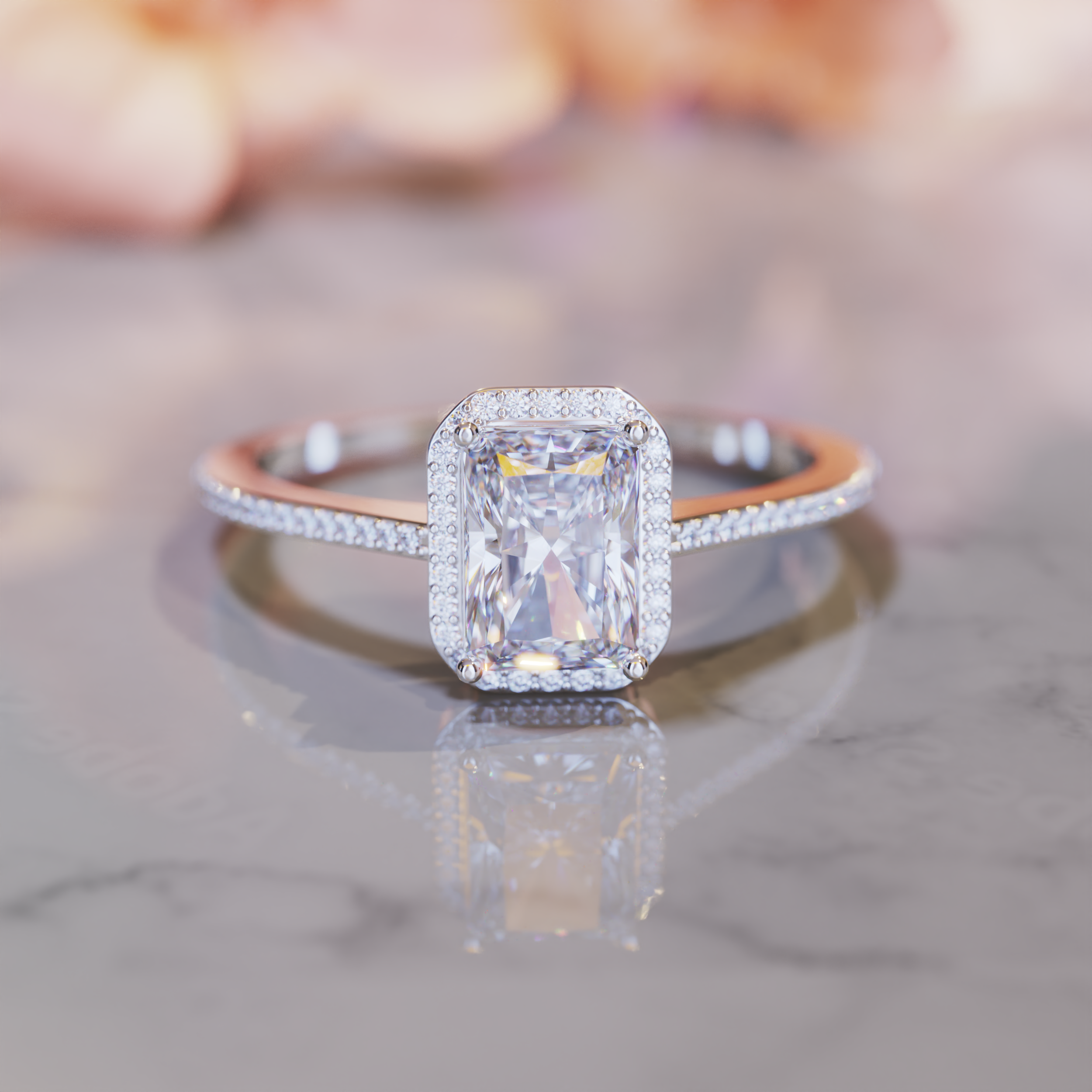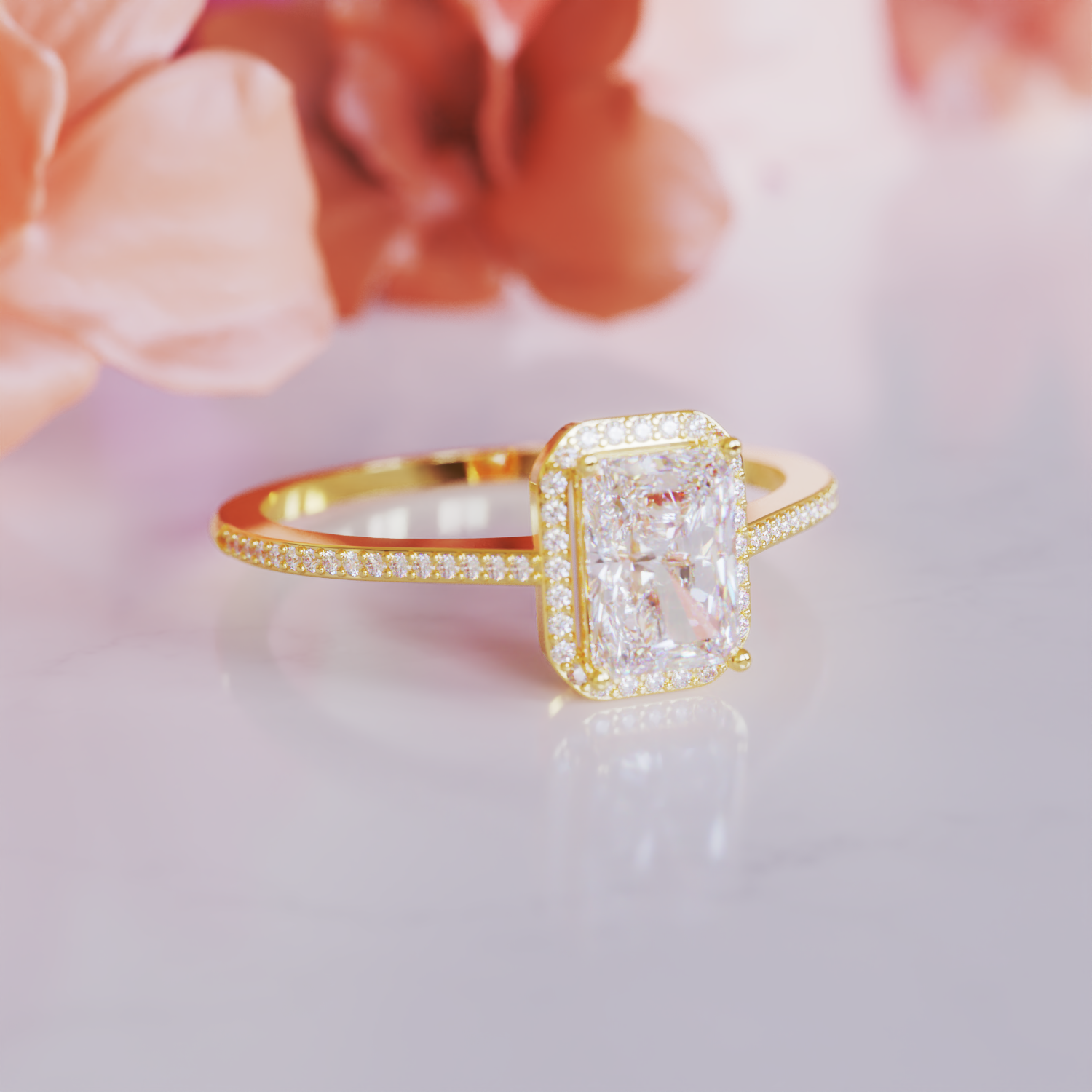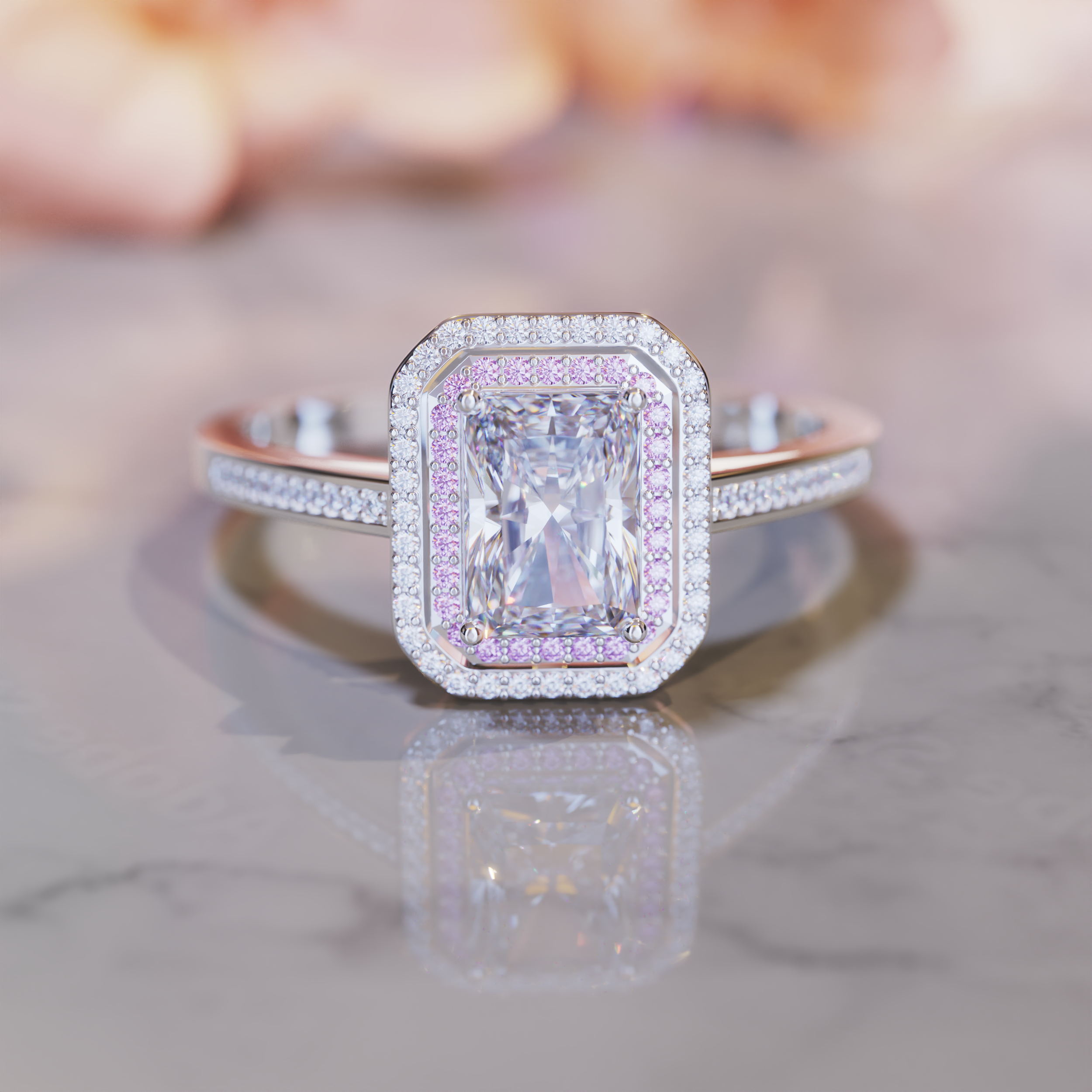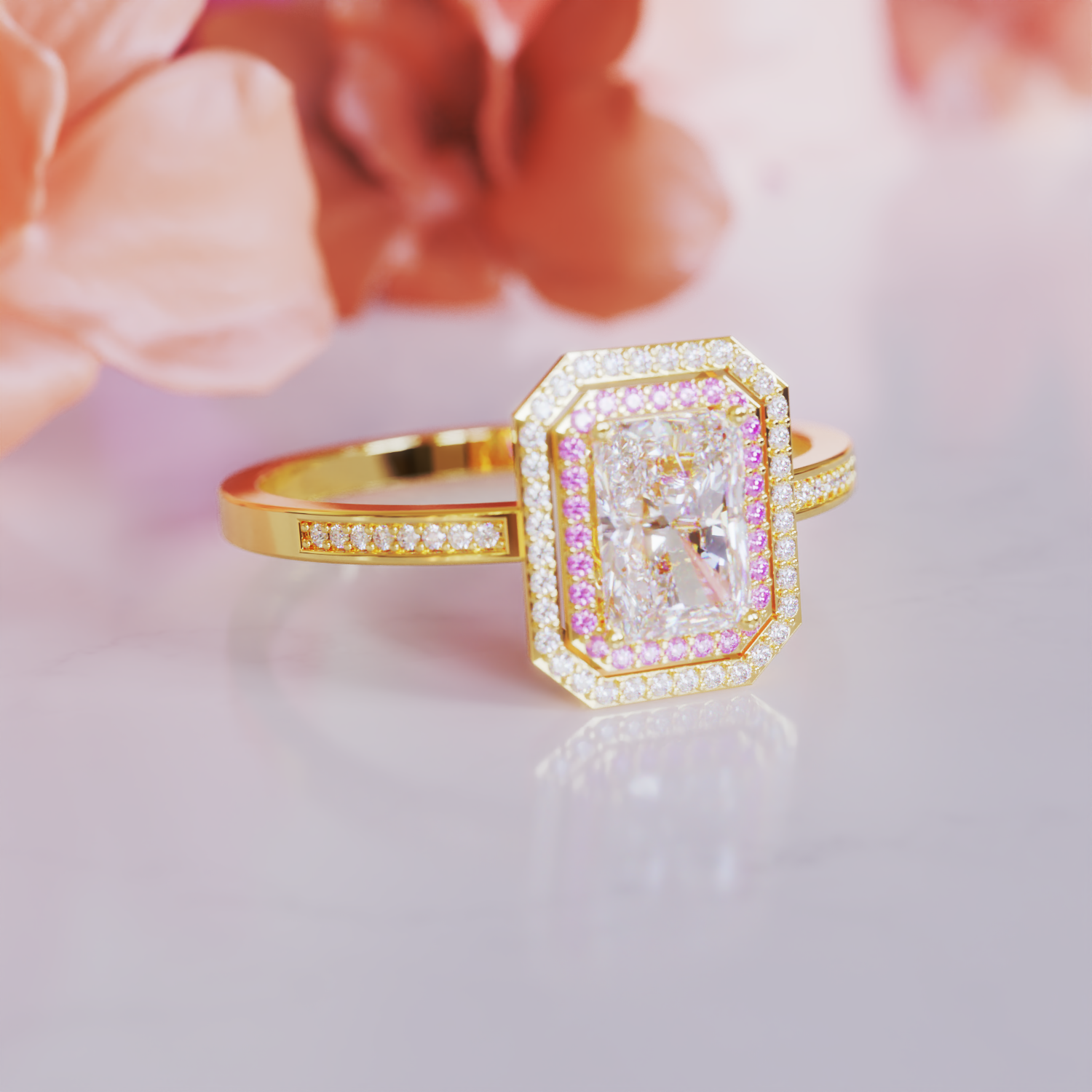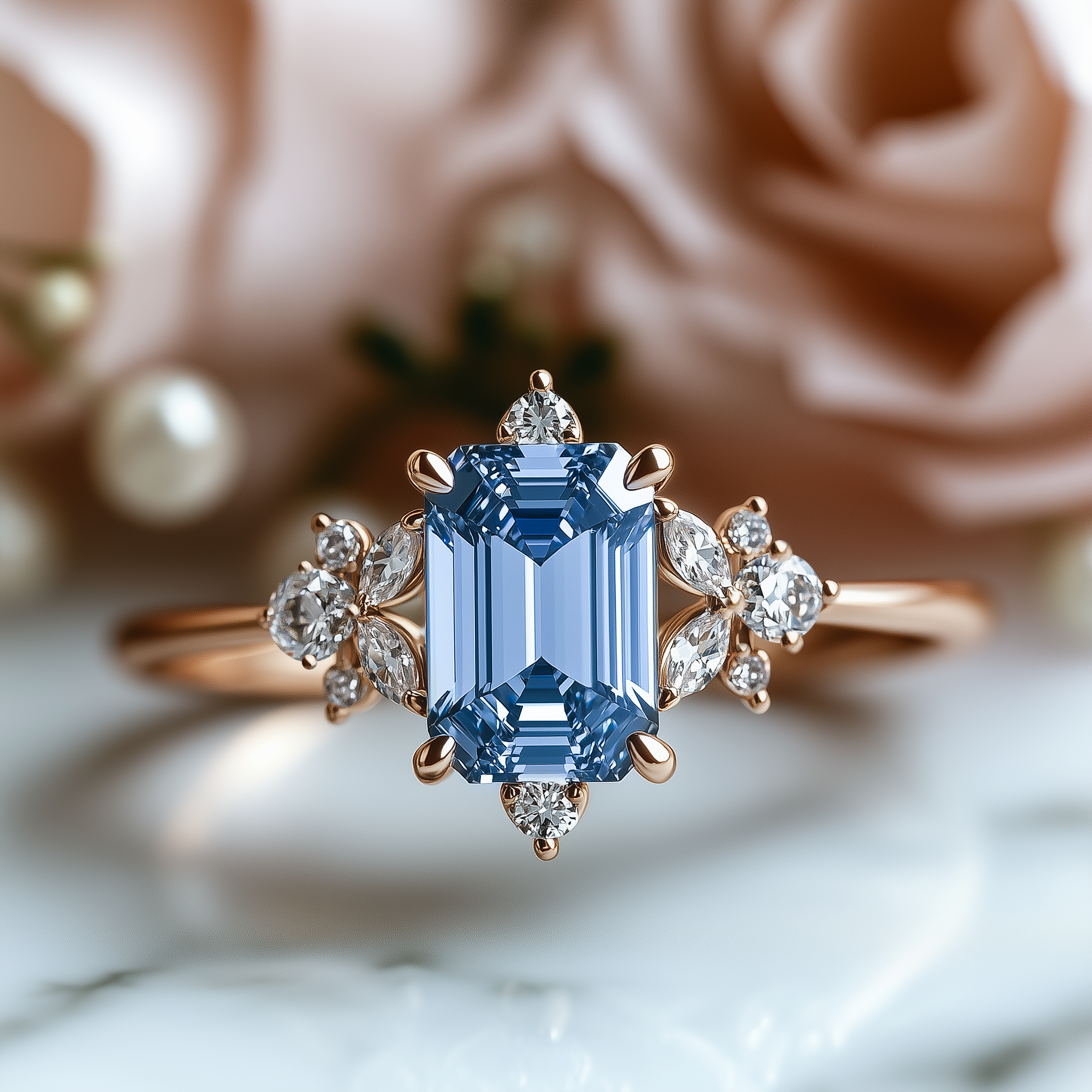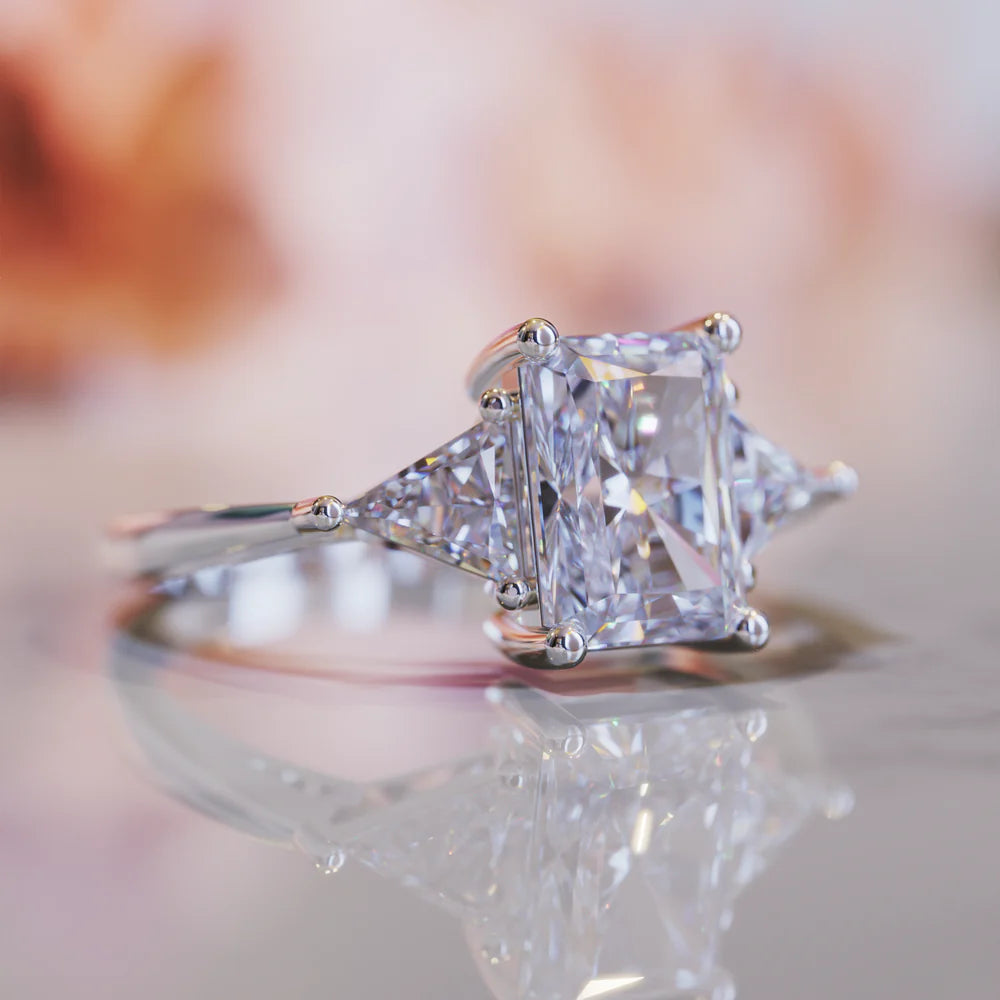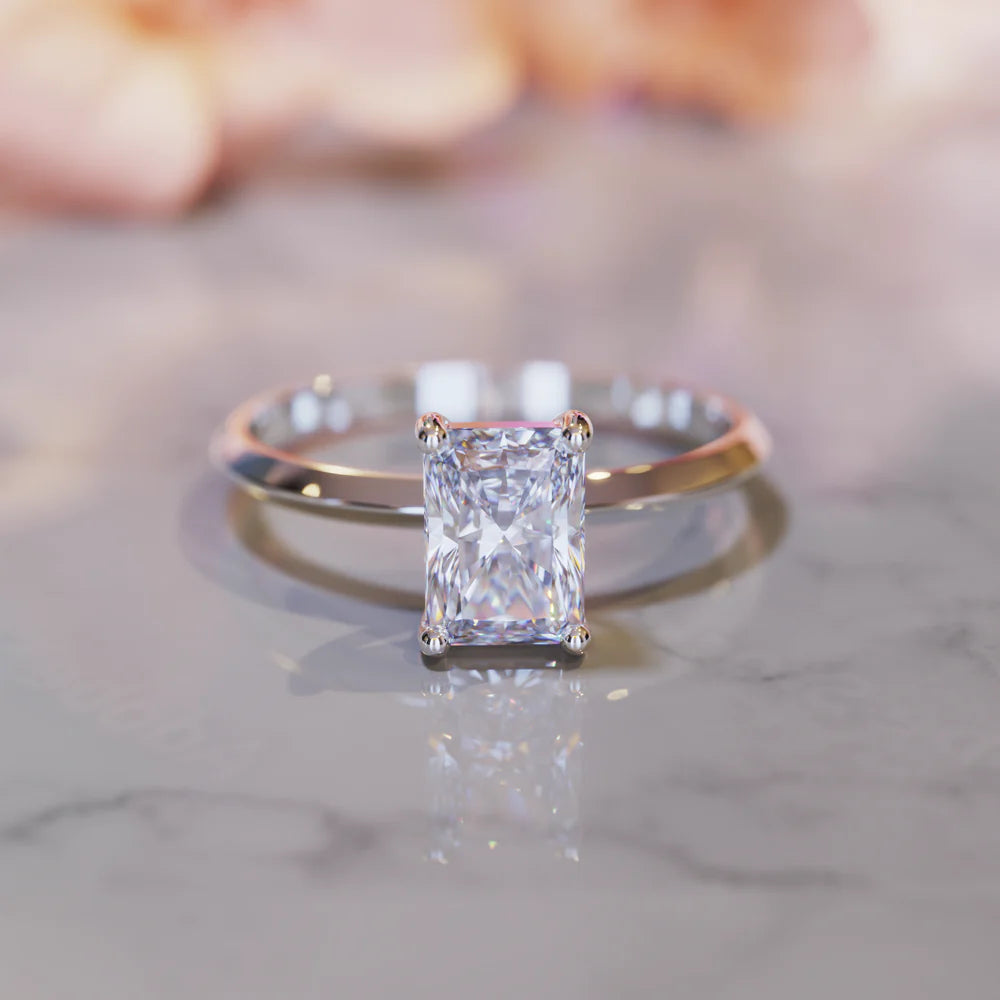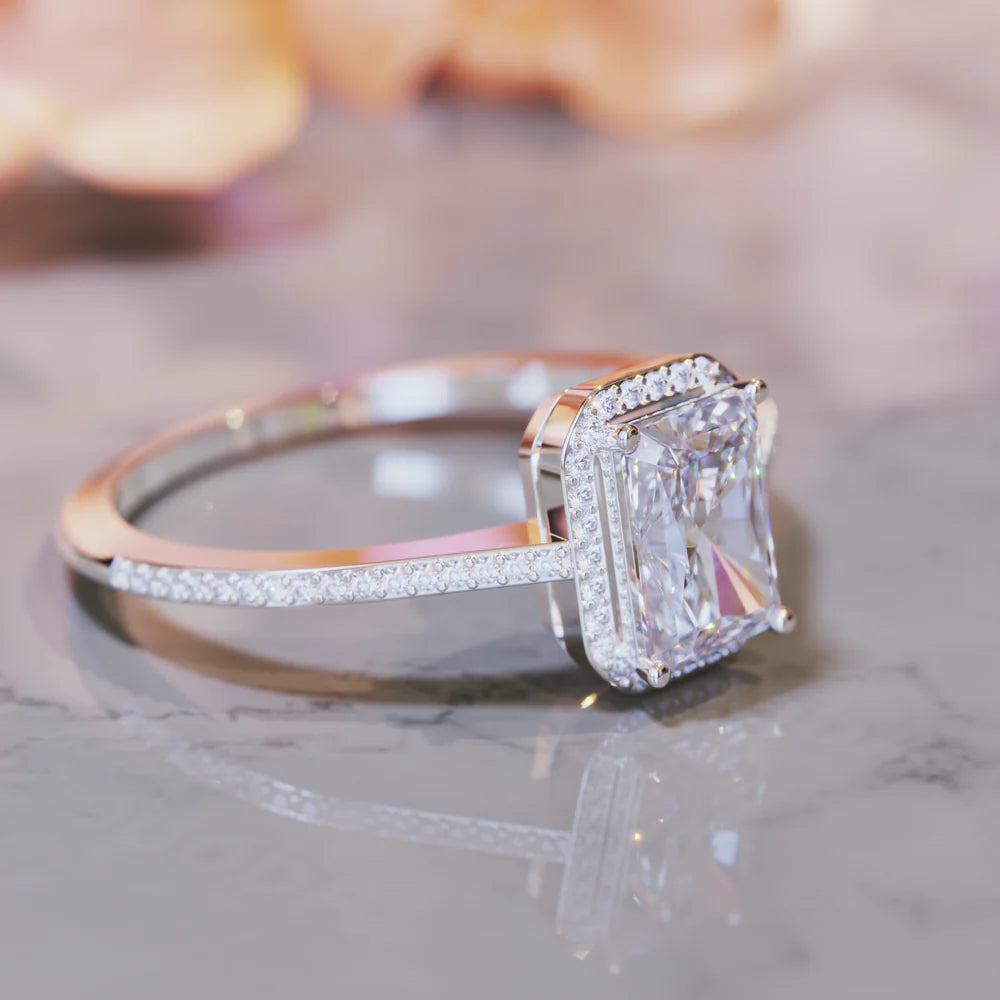
Moissanite vs. Diamond: The Ethical Choice for a Brighter Future
For decades, the diamond industry has been shrouded in controversy. While diamonds are marketed as rare, luxurious symbols of love, the reality behind the industry paints a different picture. From inflated prices and environmental harm to severe human rights abuses, the diamond trade has significant ethical and financial downsides. Moissanite, a lab-grown gem, is emerging as the clear alternative. Here’s why moissanite is not only the smarter choice but also the ethical one.
1. The Cost of Diamonds: Inflated Retail Prices and Loss of Value
One of the biggest misconceptions about diamonds is their perceived value. While marketed as rare and priceless, diamonds are actually far more common than we’re led to believe. Major companies have created artificial scarcity to drive prices up, leading consumers to pay up to 300-400% more than the actual value of the stone.
Further compounding this is the reality that diamonds often lose over 50% of their retail value once purchased, making them poor investments. On the other hand, moissanite offers high value without the inflated costs. A comparable moissanite stone can be 80-90% less expensive than a diamond, delivering a stunning, durable gem without draining your finances.
2. The Human Cost: Labor Exploitation and Loss of Life
The ethical concerns in the diamond industry are substantial, often resulting in shocking human rights abuses. Known as “blood diamonds” or “conflict diamonds,” many diamonds are sourced from areas where forced labor, child labor, and inhumane working conditions are common. Over the years, millions of people have suffered in diamond mines; in certain regions of Africa alone, reports estimate over 3.7 million deaths have occurred due to conflict diamond-related violence.
Moissanite, however, is lab-created, removing any association with exploitative labor practices. By choosing moissanite, you support a product that’s entirely free of these ethical pitfalls, aligning your purchase with respect for human rights and well-being.
3. Environmental Impact: Diamond Mining’s Destruction of Natural Ecosystems
Diamond mining is notorious for its environmental toll. Open-pit diamond mines displace large amounts of earth and pollute nearby ecosystems, including rivers and forests. For every carat of diamond mined, an average of 250 tons of earth is moved, contributing to deforestation, soil erosion, and loss of biodiversity. Furthermore, mining is water-intensive, consuming millions of gallons of water per year—resources often diverted from local communities that desperately need them.
Moissanite, being lab-grown, doesn’t require mining. Its creation process is controlled and far less harmful, producing a gemstone without the widespread environmental impact. For eco-conscious consumers, moissanite is a clear winner.
4. Political Influence and Corruption in the Diamond Industry
The diamond industry wields substantial political influence. Major diamond companies have the power to shape policies and sway regulations, often sidestepping issues of environmental degradation and worker protection in the name of profit. In certain countries, the diamond trade is closely tied to political corruption, with profits funneled into funding conflict and violence rather than community development.
Moissanite’s production is transparent and ethical, unassociated with the political entanglements that come with natural diamonds. When you buy moissanite, you’re supporting a gem that’s free from these conflicts and supporting ethical practices.
5. Diamond Alternatives: The Rising Popularity of Moissanite
While diamonds have long been associated with status and tradition, times are changing. Awareness of the diamond industry’s ethical and environmental impact has shifted consumer preferences. In recent years, searches for diamond alternatives like moissanite have increased by over 200% as more people turn to responsible and affordable options. Moissanite’s growth reflects a broader movement toward socially conscious shopping.
See our best-selling moissanite rings and discover why more people are choosing this ethical alternative.
6. Moissanite’s Financial Accessibility: Quality Without Compromise
Another factor driving moissanite’s popularity is its affordability. Diamonds are priced according to the “Four Cs” (cut, color, clarity, and carat), and even slight improvements in these areas can lead to drastic price increases. Moissanite, by contrast, delivers stunning brilliance, consistency, and quality at a fraction of the price. It’s a beautiful, ethical choice that doesn’t require compromise.
7. Moissanite as a Symbol of Modern Values
Diamonds have traditionally symbolized status, wealth, and exclusivity, but moissanite speaks to a new set of values: sustainability, affordability, and ethics. For couples today, moissanite represents a meaningful commitment to making responsible choices without sacrificing beauty. It’s a modern alternative that resonates with today’s ethical standards.
In Summary: Moissanite is the Clear Ethical Choice
The diamond industry’s history of inflated prices, environmental harm, and human suffering is undeniable. Moissanite offers a better way forward—a beautiful, lab-grown gem that delivers all the sparkle without the baggage. By choosing moissanite, you’re making a choice that aligns with respect for people, the planet, and a future built on better values.
Ready to choose ethically? Explore our best-selling moissanite rings and find a ring that truly shines for all the right reasons.












